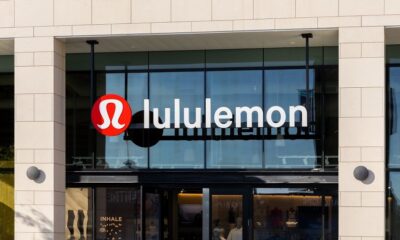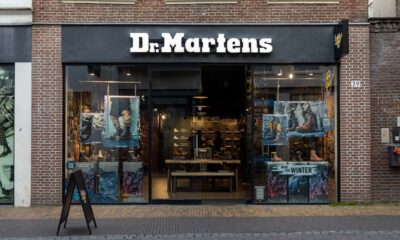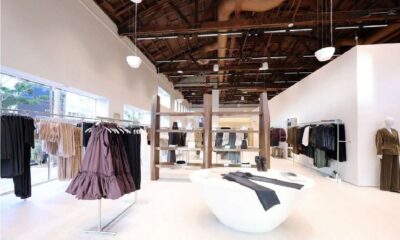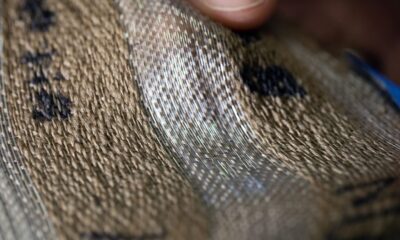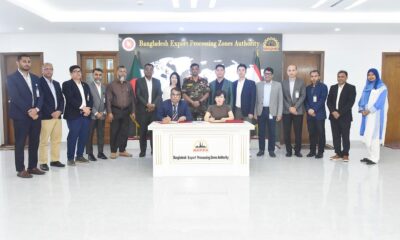Fashion
Israel’s Delta Galil posts $470 mn Q2 sales, updates 2025 guidance

The gross profit climbed 2 per cent to $201.3 million, while gross margin increased by 90 basis points to a second quarter record of 42.8 per cent. The YoY increase in Q2 gross margin was due primarily to positive exchange rates, higher DTC sales and favourable segment mix, partially offset by the US tariff impact and a lower export subsidy in its Egyptian operation, Delta Galil said in a press release.
Delta Galil Industries has reported sales of $470.1 million in stable Q2 2025 despite US tariffs and regional tensions.
DTC sales rose 9 per cent, with record gross margin of 42.8 per cent.
Net income slipped to $16.7 million, while H1 sales grew 5 per cent to $968.8 million.
The company cut full-year guidance but expects to offset tariff pressures through strategic sourcing and its Egypt hub.
However, EBIT declined to $31 million from $37.8 million, weighed by higher marketing costs, expansion of DTC operations, and expenses from integrating the Passionata brand.
The net income for the quarter dropped to $16.7 million from $21 million, while diluted earnings per share (EPS) fell to $0.57 from $0.74.
“Delta delivered solid second quarter financial results despite the challenging US tariff environment this year. Despite the tariff impact, second quarter steady sales demonstrate the strength of our diversified global platform including robust growth in our branded direct-to-consumer channels,” said Isaac Dabah, CEO of Delta Galil. “Our record gross margin in this quarter on a backdrop of tariff uncertainty is a true achievement and a testament to the strength and flexibility of our vertical operating model and the agility of our operating team.”
Meanwhile, for the first half (H1) of 2025, Delta Galil posted sales of $968.8 million, a 5 per cent increase from $922.2 million in the prior-year period. DTC sales grew 12 per cent, underscoring the company’s continued shift towards branded channels.
The gross profit in H1 rose to $403.9 million from $387.9 million, though gross margin rose slightly to 41.7 per cent compared with 42.1 per cent a year earlier. EBIT remained broadly flat at $63.7 million, versus $63.8 million last year, while net income edged up to $34.3 million from $33.1 million. Diluted EPS for H1 stood at $1.18, up from $1.13 in the same period prior year.
For full year 2025, Delta revised its guidance downwards due to tariff headwinds. Sales are now expected in the range of $2.11–2.14 billion, EBIT between $171–176 million, net income of $97–101 million, and diluted EPS of $3.32–3.46.
The company projects tariffs could reduce annual operating income by as much as $22 million but aims to mitigate the impact through strategic sourcing and production shifts, particularly leveraging its Egyptian hub, which benefits from low tariff and duty advantages.
“Going forward, we see opportunity to gain market share due to our strategically located hub in Egypt with low tariff and no duty generating increasing demand from strategic customers,” added Dabah. “We are expanding and streamlining factories in strategic locations, enhancing logistics centers, and expanding our store footprint and e-commerce platform globally. We remain confident in our ability to create value for our shareholders in 2025 and beyond.”
Fibre2Fashion News Desk (SG)
Fashion
Modella eyeing another acquisition, this time it’s the Wynsors footwear chain
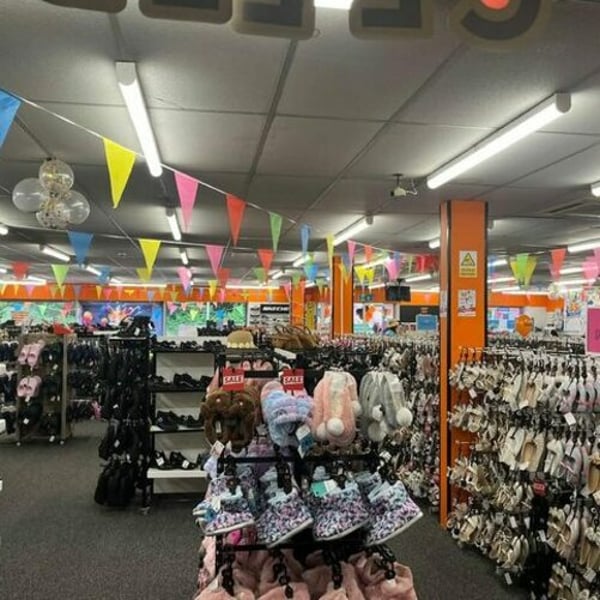
Published
December 1, 2025
Modella Capital is fast becoming one of the most acquisitive businesses on the UK high street and the latest retailer in its sights is footwear chain Wynsors World of Shoes.
That’s according to Sky News, which said the investment firm is targeting a takeover of the privately owned footwear retailer and is currently in “advanced talks”.
Wynsors trades from around 50 standalone shops across the north of England and Modella is now “the likeliest buyer” of the business, with expectations of a deal before the end of the year.
Modella was recently in the news as the buyer of Claire’s UK business. It also recently bought the non-travel locations of WH Smith (now renamed TG Jones) and owns Hobbycraft and The Original Factory Shop too. It had earlier hoped to add Poundland to its portfolio but missed out on that one.
Wynsors has been looking to sell for around two months and accountancy firm RSM had been hired explore interest from prospective bidders, Sky News said.
The chain trades from around 50 standalone stores and 40 concessions. It sells brands including Adidas, Skechers, Hush Puppies, Clarks, Nike, kickers and more. And although its sells footwear for women, men and children, it focuses particularly on school shoes.
Copyright © 2025 FashionNetwork.com All rights reserved.
Fashion
Results are in: US Black Friday store visits down, e-visits up, apparel shines
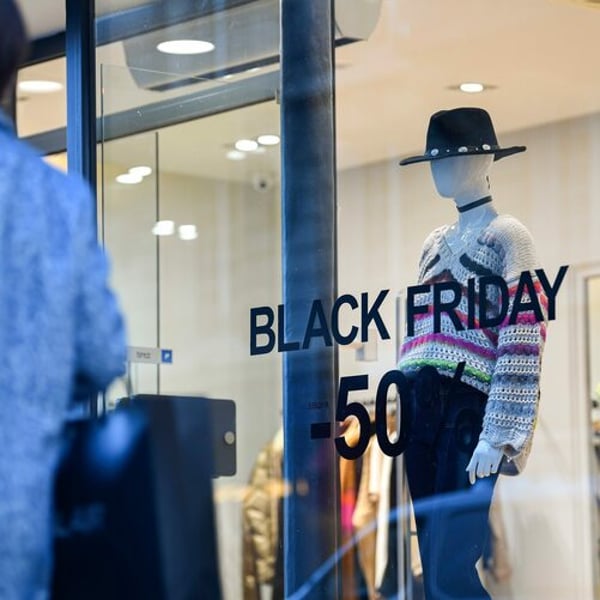
Published
December 1, 2025
US Black Friday retail sales rose 4.1%, Mastercard SpendingPulse has revealed. But while online surged, in-store visitor traffic was down a separate report from RetailNext showed. That said, both reports showed a better result for apparel than for other sectors.
First, the Mastercard numbers. They exclude autos and are based on the payment cards giant measuring in-store and online retail sales across all payment types.
The company said this year’s event “tells a story of comfort, connection, and savvy shopping” as consumers prepared for meaningful moments with family and friends.
Spending growth on apparel was particularly strong both online and in-store, “suggesting shoppers refreshed wardrobes while leaning into value-driven choices and convenience”.
In fact, apparel climbed 5.7% (online 6.1%, in-store 5.4%), as “chilly temperatures and seasonal deals encouraged spending on new fashions”. Jewelry also rose 2.75% (online 4.2%), “as consumers opted for gifts that shine”.
Overall, e-commerce retail sales excluding autos jumped 10.4%, “as shoppers increasingly value speed and convenience”. In-store sales grew more modestly (1.7%) but “remain essential to consumers for tactile experiences”.
Mastercard also said the surge in online shopping “showcases how technology is transforming the way consumers pay. Shoppers are enjoying seamless checkout experiences across devices, from smartphones to connected home assistants, making holiday shopping faster, safer, and more intuitive than ever before”.
Which leads us on the that drop for in-store shopping traffic. RetailNext said initial data reveals an average of a 5.3% year-over-year decrease for foot traffic across Black Friday and Saturday.
Visitor numbers dropped 3.6% on Friday itself and a massive 8.6% on Saturday. By store type, apparel stores saw traffic down 2.3% across the two days with just a 0.7% drop on Friday and 5.3% on Saturday.
For footwear, the weekend, Friday and Saturday falls were 6%, 6% and 5.9%, respectively. For healthy & beauty they were drops of 4.7%, 2.1% and 9.6%, and for jewelry they were 3.6%, 2% and 6.6%.
“Black Friday 2025 didn’t kill the holiday; it changed how shoppers approached it,” said Joe Shasteen, Global Head of Advanced Analytics at RetailNext. “Foot traffic was down on Friday and on Saturday, but that wasn’t disinterest, it was intention. Shoppers showed they’re done with the impulse-driven, one-day frenzy. Prices, tariffs, and tighter budgets pushed people to shop with discipline, not adrenaline, and they responded by turning Black Friday into a value calculation”.
RetailNext said one of the clearest signals is the 3.6% drop on Black Friday, which was meaningfully better than the 6.2% decline seen from Sunday through Wednesday (23 November to 26 November). It shows that even in a cautious year, “shoppers are still willing to attend major promotional events; they’re simply being more selective about when those events are worth the trip”.
“Despite the declines, Black Friday again delivered the highest in-store traffic of any day this year, reaffirming its role as the anchor of the holiday shopping season, but the weekend’s performance was shaped more by real-world factors than waning interest,” added Shasteen. “Consumers are still willing to shop, they’re just demanding proof it’s worth leaving the house. Retailers who treated November as a month-long build, rather than a single-day spectacle, saw the strongest in-store performance.”
Copyright © 2025 FashionNetwork.com All rights reserved.
Fashion
ITA to continue till Advanced Framework Agreement ratified: EU, Chile
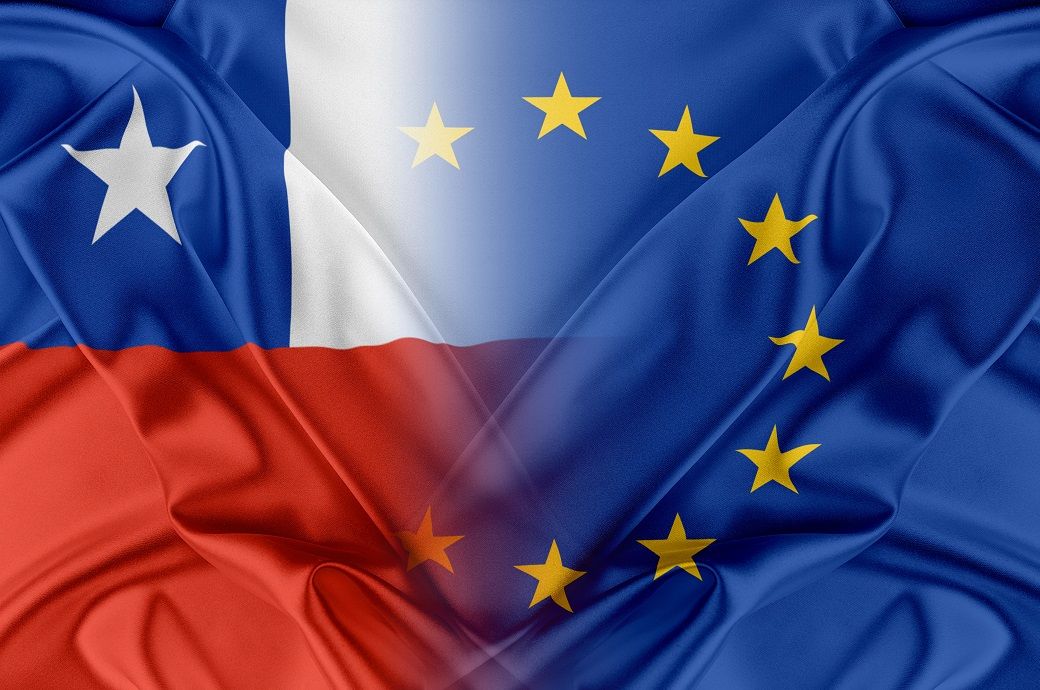
A review of the trade and sustainable development provisions of the ITA is under way.
EU high representative for foreign affairs and security policy Kaja Kallas recently met Chilean Minister of Foreign Affairs Alberto van Klaveren. Both co-chaired the first EU-Chile Joint Council under the Advanced Framework Agreement in Brussels.
The EU and Chile are committed to deepening their trade and investment relations under the Interim Trade Agreement, which came into force on February 1 and will remain in force until the new Advanced Framework Agreement has been fully ratified.
Both sides will continue to cooperate on ensuring reliable and sustainable supply chains, including through diversification and support to strategic investments.
The first EU-Chile Trade Council meeting was held under the new ITA, according to an EU release.
The EU is Chile’s third-largest trade partner and the top source of foreign direct investment (FDI).
Both sides will continue to cooperate on ensuring reliable and sustainable supply chains, including through diversification and support to strategic investments, a joint statement issued said.
Chile welcomed the interest of the EU in establishing a dialogue with the member countries of the Comprehensive and Progressive Agreement for Trans-Pacific Partnership (CPTPP). Both parties affirm their ambition to translate this dialogue into a shared agenda.
Both sides remain committed to ensuring the effective implementation of the Advanced Framework Agreement, and to achieving its full ratification.
The provisional application of the EU-Chile Advanced Framework Agreement began on June 1, 2025.
Fibre2Fashion News Desk (DS)
-

 Sports1 week ago
Sports1 week agoWATCH: Ronaldo scores spectacular bicycle kick
-

 Entertainment1 week ago
Entertainment1 week agoWelcome to Derry’ episode 5 delivers shocking twist
-

 Politics1 week ago
Politics1 week agoWashington and Kyiv Stress Any Peace Deal Must Fully Respect Ukraine’s Sovereignty
-

 Business1 week ago
Business1 week agoKey economic data and trends that will shape Rachel Reeves’ Budget
-

 Tech6 days ago
Tech6 days agoWake Up—the Best Black Friday Mattress Sales Are Here
-

 Politics1 week ago
Politics1 week ago53,000 Sikhs vote in Ottawa Khalistan Referendum amid Carney-Modi trade talks scrutiny
-

 Fashion1 week ago
Fashion1 week agoCanada’s Lululemon unveils team Canada kit for Milano Cortina 2026
-

 Tech6 days ago
Tech6 days agoThe Alienware Aurora Gaming Desktop Punches Above Its Weight


